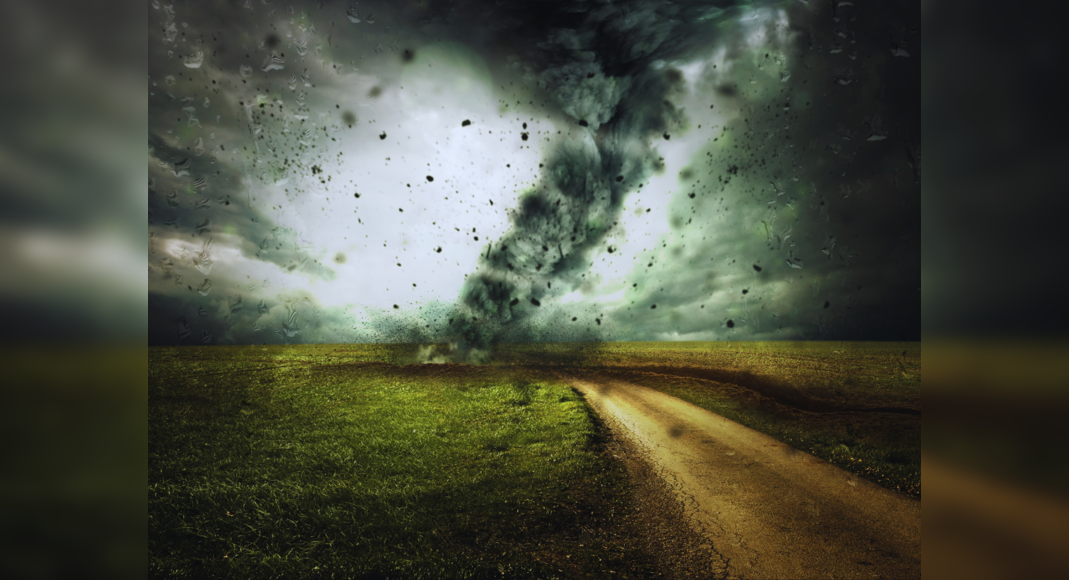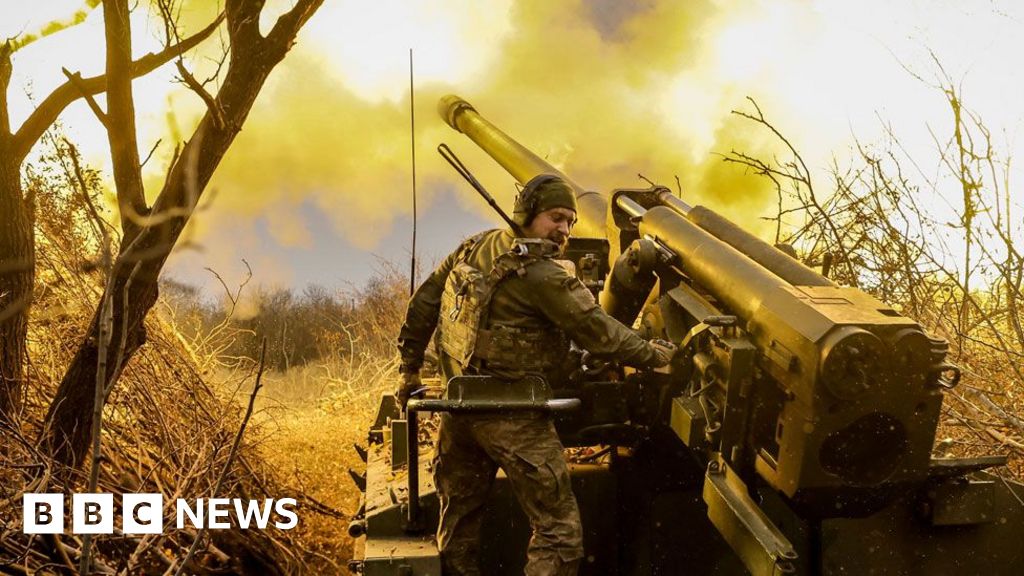Travel
‘Bomb Cyclone’ strikes California, brings destructive winds and flood warnings

A powerful storm system swept through the northwestern United States on Tuesday evening, unleashing hurricane-force winds, heavy rainfall, and widespread power outages. Dubbed the strongest atmospheric river of the season, the storm has caused significant disruption, with authorities issuing warnings of excessive rainfall, flash floods, and high winds across the Pacific Northwest and California.
According to the reports, there was a lot of damage in Washington from fallen trees. According to reports, a woman was tragically murdered by a falling tree at a homeless encampment in Lynnwood. In the meantime, a car in Seattle was crushed by another tree, momentarily confining its occupant, who was subsequently said to be in stable condition.
Read more: 10 must-visit landmarks across Rajasthan’s historic cities
According to poweroutage.us, over 600,000 households in Washington were without electricity as of early Wednesday. However, because of internet outages and difficulties with reporting, these numbers varied. More than 15,000 people in Oregon and almost 19,000 in California were impacted by power disruptions that also spread to nearby states.
Record-breaking winds and warnings
The storm, classified as a ‘bomb cyclone’ for its rapid intensification, delivered wind gusts of 101 mph (163 kph) off Vancouver Island’s coast. Oregon’s coastline saw winds reaching 79 mph (127 kph), and Mount Rainier recorded gusts of 77 mph (124 kph). The National Weather Service (NWS) issued high wind warnings, urging caution, especially around trees, and advised against traveling during peak wind periods.
Flood risks and snowfall in California and Oregon
In northern California, regions including the San Francisco Bay Area and Sacramento Valley braced for up to 8 inches (20 cm) of rain. There were serious risks from rock slides, debris flows, and flash floods. With snowfall of up to 15 inches (38 cm) and wind gusts of over 75 mph (120 kph) at higher elevations, the northern Sierra Nevada was under a winter storm watch.
Read more: Delhi pollution crisis: Vehicle restrictions, fines, and essential tips for travellers
Oregon also issued flood watches, with rough seas disrupting ferry services.
A blizzard warning was in effect for the Cascades, which includes Mount Rainier National Park, with gusts of up to 60 mph (97 kph) wind and up to a foot of snow expected. Crossing mountain passes has been considered hazardous or unfeasible.
Authorities are still alerting locals and tourists to the dangerous conditions. During this hazardous weather event, staying home, avoiding travel, and paying attention to emergency alerts are essential.










